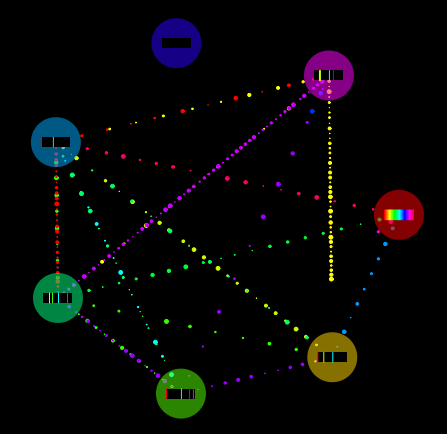Three interesting issues are arising after some personal encounters. These issues offer potential for focussed, extensive interviews during the early stages of creating a base line:
- One suggestion (based on yet unpublished research) states that organisations don’t communicate themselves. It’s the employees / members / persons working in the name of these organisations who communicate. … Seems logic: this doesn’t really sounds like rocket science, does it?
I’m wondering what research validates information sharing to be allways happening at the level of the individual, and not at the level of team or organisation.
- Another suggestion splits up personal and business interest. In collaboration activities very often the person ‘an sich’ is experienced as trustworthy. It seems however that -when working in between ‘the smaller part and the larger whole‘ – the individual is outshined (and/or bound to) by the larger whole and its intentions.
- And thirdly, officially there is never uncertainty whether a whether collaboration is based on PPS or clear ownership of an assignment (principal versus provider). Formally this isn’t the case of course. This raises the question why exactly complex systems tend to fail.
To me it feels schizofrenic when collaboration should to decrease entropy of the smaller part, with counter intuitive side effects on the larger whole, when dealing with complex systems. The other way around (counter intuitive side effects at the smaller part because of decrease in entropy of the larger whole) is also understandable.
Interviews and / or literature research are tools for answering the suggestions / questions above. Or at least for closing in.
I asume visual feedback provides an alternative for working in complex systems. Further reading on research like DiMicco‘s, will help validating the value of visual interventions. Its shortcomings included.
Perhaps an early intervention with student groups (see ideas for cases) could help define shortcomings of visual feedback of group collaboration (within a group).
I am especially interested in feedback between groups, not within a group. Therefore it’s worth exploring this:
1) Take a multidisciplinary case…
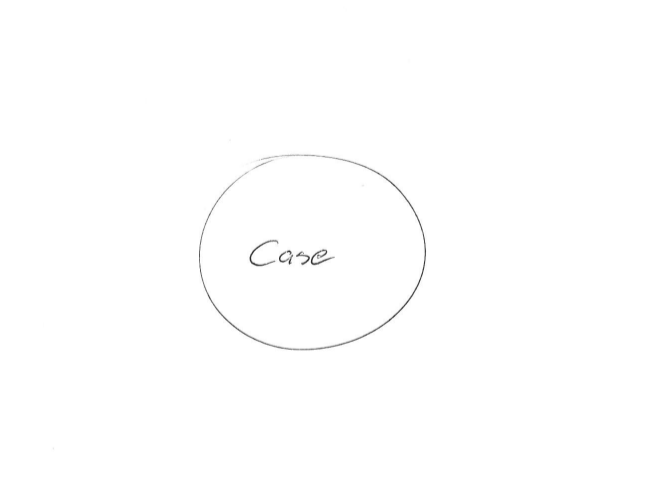
2) Where stakeholder relationships are defined…
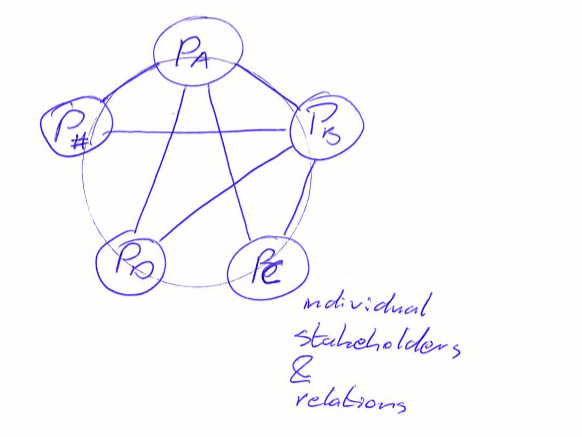
3) and each individual has an organizational backbone…

4) With overlaping &/ interfering organizational agenda’s and intentions.
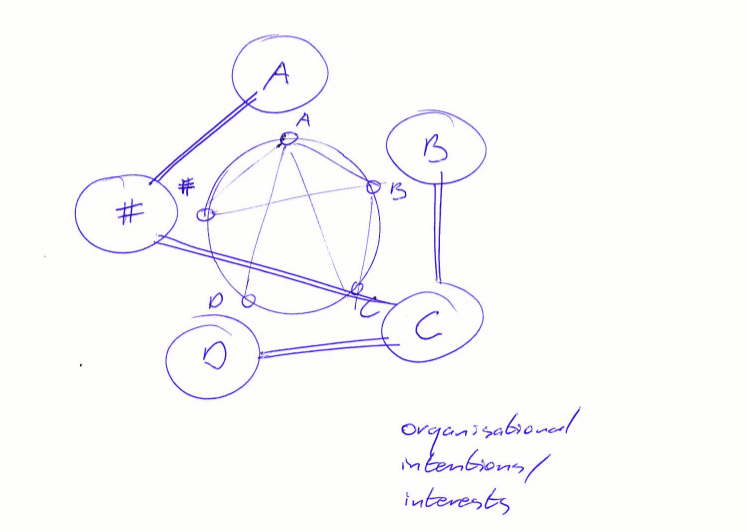
5) Why not take snapshots of relations and intentions in time…
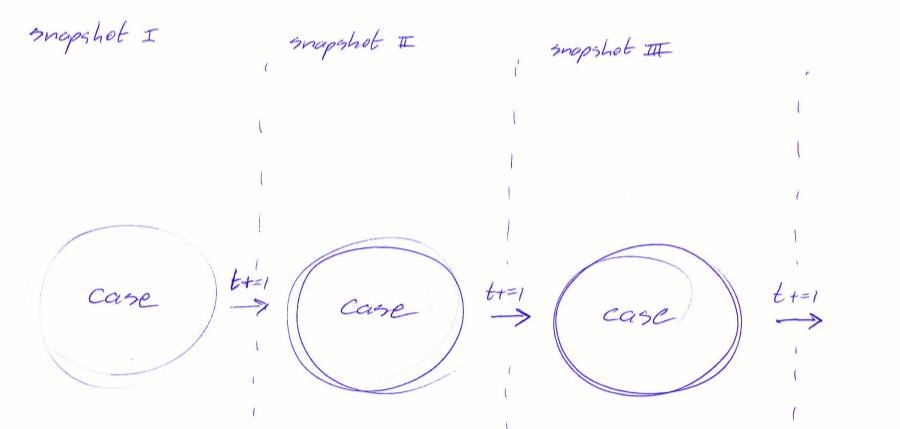
6) and transfer such a snapshots periodically into ‘the larger whole’ (the same snapshots to all parties), adapt backbone relationships and transfer adaptations back into the case.
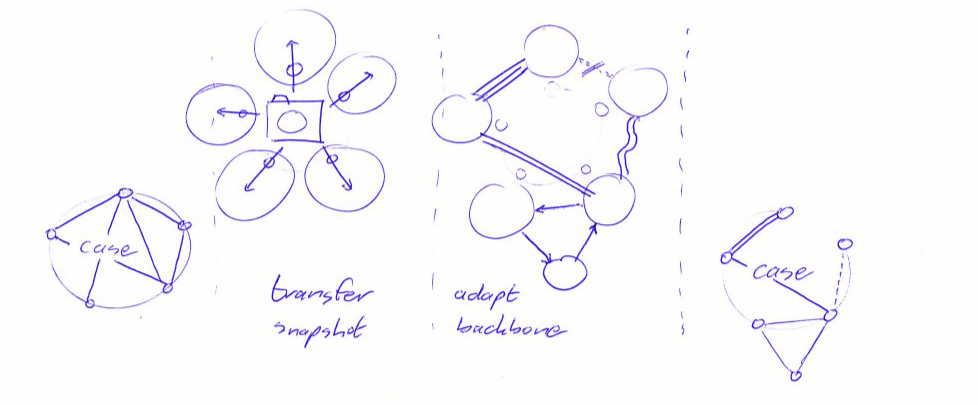
… most likely I need to split up this last image.
In other words, how could visualizaton of relations bring understanding of and to relationships. Relationships of individuals informing their organizational backbones with a uniform perspective of group relationships and intentions?
- How could visualizations help transfer these relations and intentions, instead of steering content and knowledge?
- Exactly which process criteria are necessary to strengthen group decision making when using visuals?
- How can visualizations steer towards the intention of coopertion, when the going get’s tough?
Feel free to play around with this inteactive sketch available at wereldopener.nl
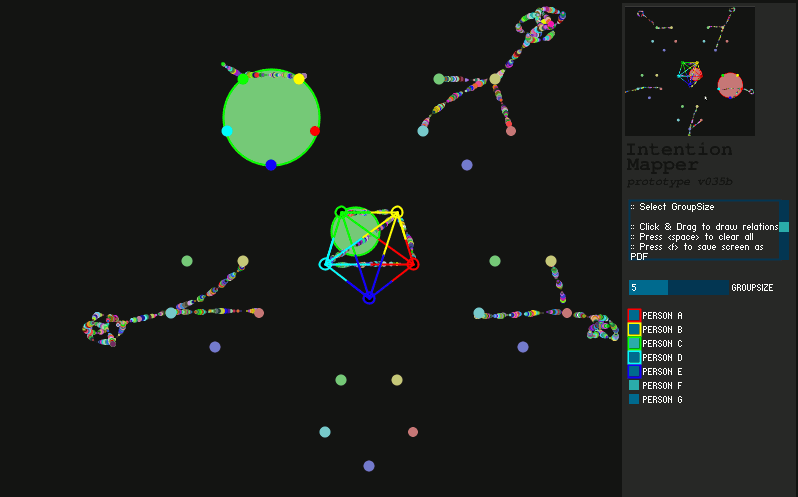



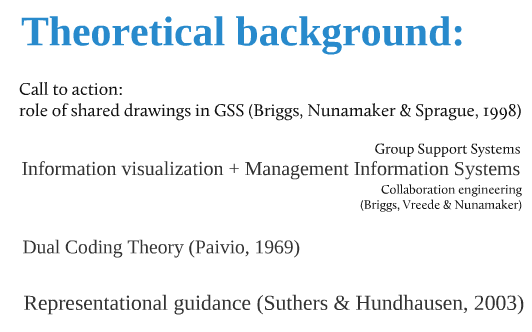
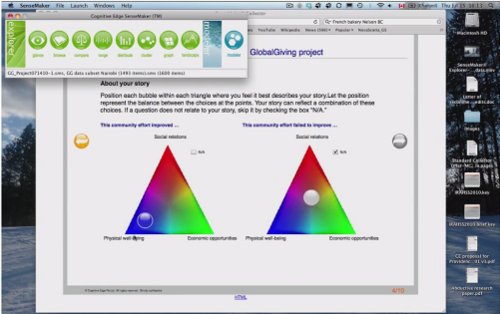
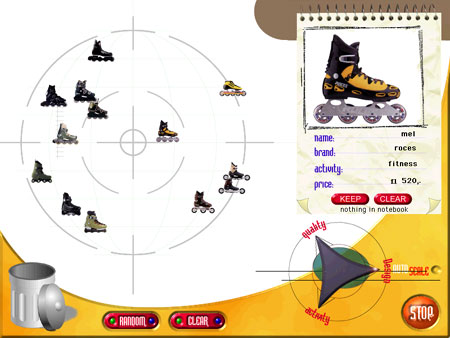
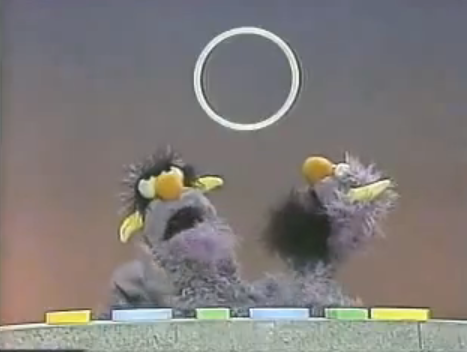
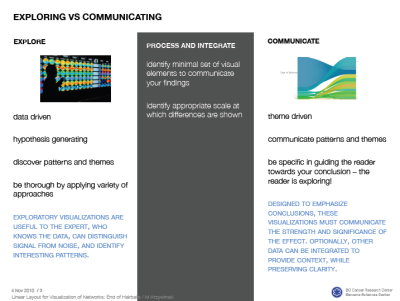 Screenshot slide 3. See more @
Screenshot slide 3. See more @ 